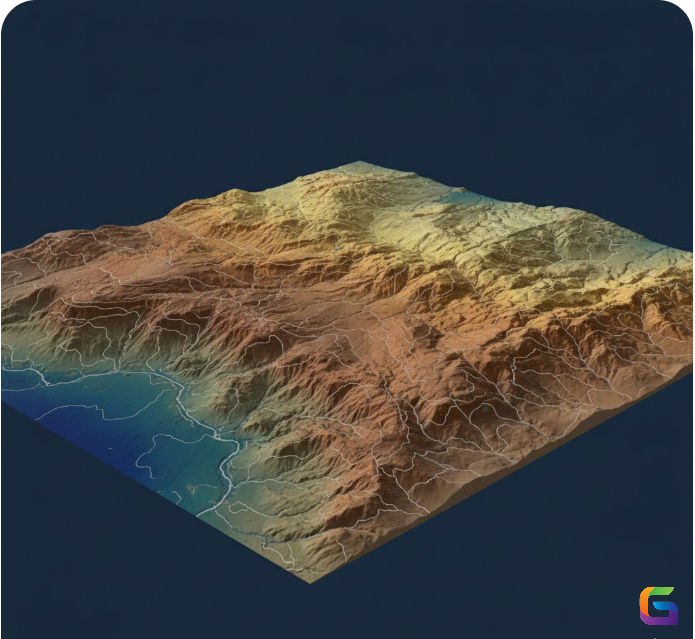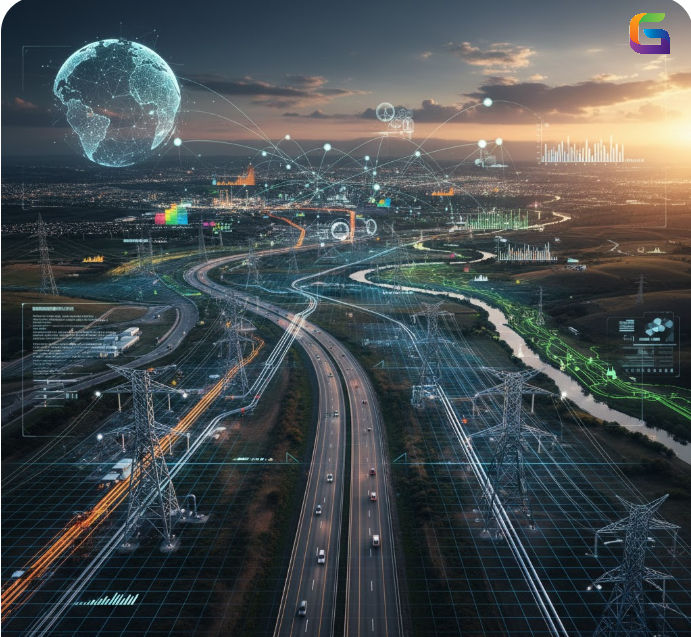Imagery and Images: Differences from a Geospatial Lens
- utkalsharma
- Feb 16, 2024
- 2 min read
Updated: May 27, 2024
When we talk about GIS or Geospatial, it's worth mentioning that the words "imagery" and "images" have different meanings. While Geospatial users often use these terms interchangeably, there are slight variations depending on the context. Here's a breakdown:
Imagery:
This term has a wider meaning, encompassing not only the individual image file but also its associated metadata, processing, and analysis.
It usually refers to a larger collection of images or layers used for specific purposes in GIS applications.
For instance, there are aerial photography mosaics used for base maps, LiDAR data visualized as elevation models or multispectral satellite imagery used for land cover analysis.
In GIS, "imagery" refers to remotely sensed data captured by satellites, aircraft, drones, or other sensors. This data usually includes aerial photographs, satellite images, or orthophotos that provide detailed visual information about the Earth's surface.
Imagery in GIS is commonly utilized for various purposes, such as land cover classification, change detection, environmental monitoring, urban planning, and disaster management.
Imagery datasets can be collected using different sensors, like optical sensors (which capture visible and near-infrared light), thermal sensors, LiDAR (Light Detection and Ranging), or radar sensors.
Images:
This term encompasses any visual representation that is captured by a camera, drone, satellite, or sensor. It can be thought of as a single file that contains information about the pixels. For example, it could be a photograph of a landscape, a satellite image of a city, or a scanned map.
Within the field of GIS, the term "images" often refers to raster data that represents visual or non-visual information about geographic features. These images can include aerial photographs, satellite images, scanned maps, digital elevation models (DEMs), and other raster datasets.
In GIS, images are made up of a grid of cells where each cell or pixel corresponds to a specific location on the Earth's surface. These cells contain attribute values that represent different characteristics, such as reflectance, elevation, temperature, or land cover type.
GIS software provides users with the ability to analyze, manipulate, and visualize images. This allows them to extract meaningful information about the environment, identify patterns, and make informed decisions.
To put it simply, when it comes to GIS, the term "imagery" pertains specifically to data collected by sensors through remote sensing. On the other hand, "images" encompass a wider array of raster datasets that portray visual or non-visual details about geographic features. So for your future GIS data searches, opt for imagery instead of images like satellite imagery, aerial imagery, or drone imagery.
For more information about high-resolution satellite imagery, aerial imagery, or drone imagery, please feel free to reach us at:
Email: info@geowgs84.com
USA (HQ): (720) 702–4849
India: 98260-76466 - Pradeep Shrivastava
Canada: (519) 590 9999
Mexico: 55 5941 3755
UK & Spain: +44 12358 56710





Comments